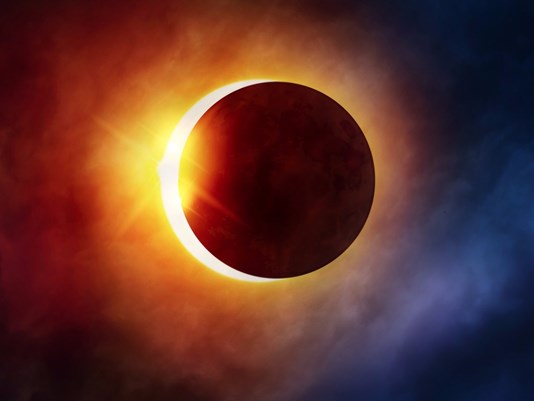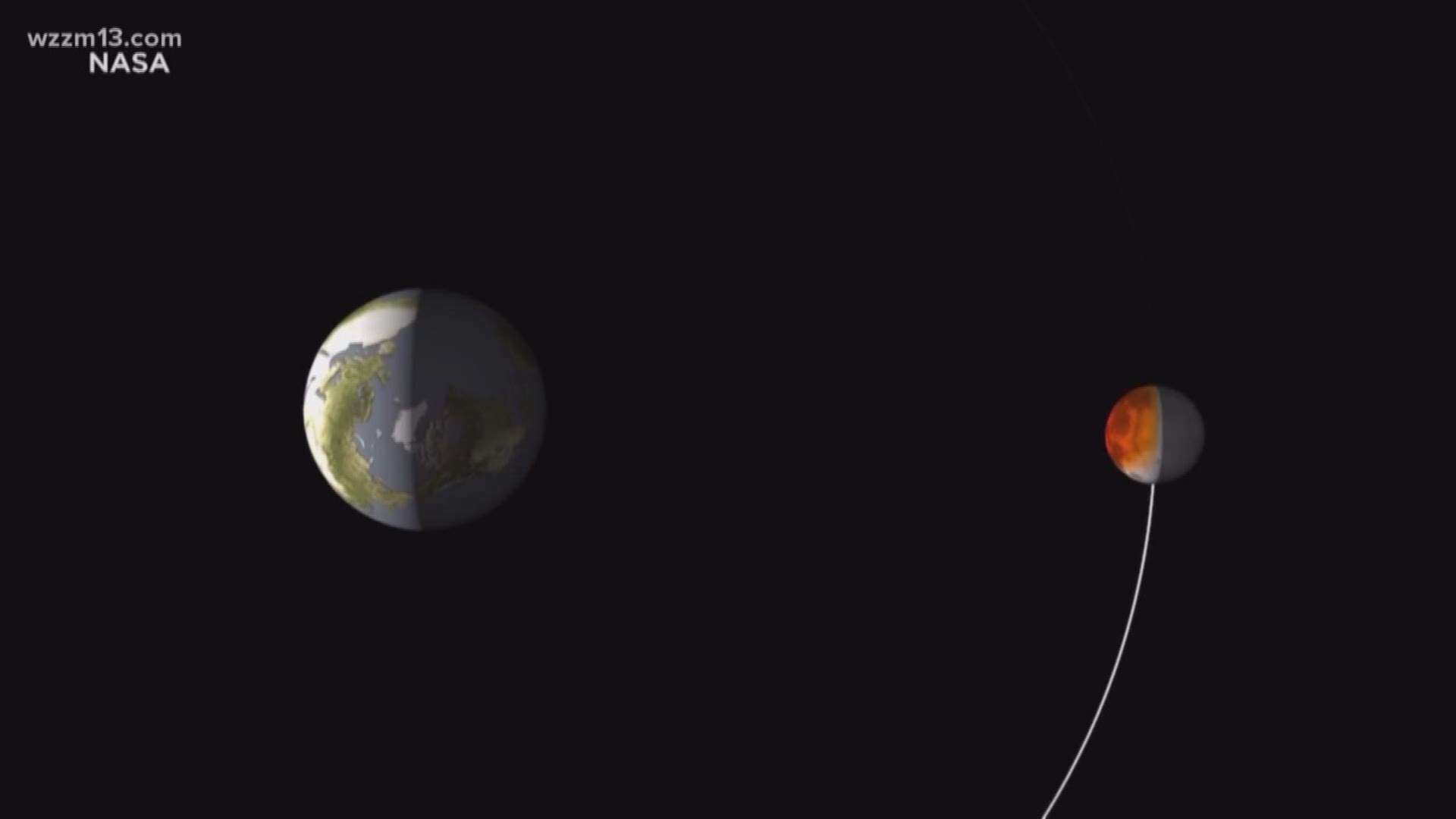“Don’t stare at the sun.” Everyone hears that piece of sage advice at some point in their childhood.
Even as adults, it’s difficult to heed that advice at times. Who can resist admiring a perfect sunrise? How many countless sunsets have your eyes lingered on for just a little too long?
It will be especially difficult for millions of Americans young and old on August 21 when the moon passes overhead in perfect sync with the sun along a roughly 70-mile wide path from Oregon to South Carolina.
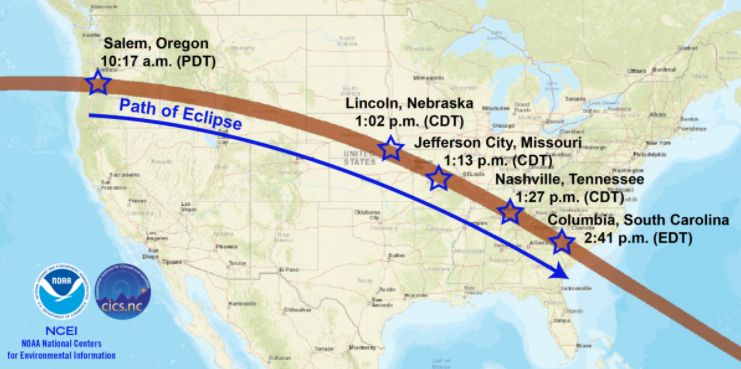
A total solar eclipse happens once every 18 months or so, and unless you’re willing to constantly fly to the far ends of the Earth you will likely only have the chance to see a true total eclipse in person maybe a couple of times in your life.
It’s one of the grandest and most fleeting natural spectacles known to humanity, so of course you’re going to want to keep your eyes glued to the sun for the two or so minutes it lasts.
Go ahead and look
The news stories of old (and maybe some you’ve seen shared around on social media) likely scared you at one point or another about the dangers of looking directly at a total eclipse with the naked eye. Even if those stories were created with the best intentions, that information is outdated or at worst partially incorrect. The keyword to keep in mind here is “total.”
It should go without saying that it’s definitely dangerous to stare into the sun. But so long as you trust NASA, the American Optometric Association, and many other experts who’ve dedicated their lives to understanding how the sun and your peepers work: You can look directly at the total phase of a solar eclipse (and only the “total” phase where the sun is completely covered by the moon) with the naked eye without causing eye damage.

Problem is, the total phase only lasts a couple of minutes, but people likely will want to watch from the partial phase which lasts much longer. From start to finish on all phases, an eclipse lasts about three hours -- so more than two and half of those hours spent watching could pose a serious risk to unprotected eyes.
Areas on the fringe of the eclipse’s path won't get to see the total phase, too. When watching the eclipse’s partial phase (with even a tiny spot or sliver of the sun partially peeking out), you will still need to come prepared to watch it so that it won’t permanently damage your eyes.
Experts recommend people sticking around for the full show to take frequent breaks from watching, even if you are wearing proper eye protection.
For mature eyes only
Without getting too technical, the danger of looking directly at the sun generally comes from the amount of time you expose your eyes to the sun’s harmful rays.
Much like sitting out in the sun unprotected for too long will leave you with a nasty sunburn, staring at the sun without eye protection will radiate your eyeballs in the same way. The danger comes from the sun’s potent combination of heat and ultraviolet (UV) radiation. Unlike your skin, though, you can’t rub aloe gel into your eyes and hope for it to cure that ‘burn.’
The inner and outer workings of your ocular system can be easily damaged by direct exposure to intense heat and radiation, and ‘eclipse blindness’ is a real problem that occurs after big solar events like these where people stare at the event too long when the sun’s rays are still exposed.
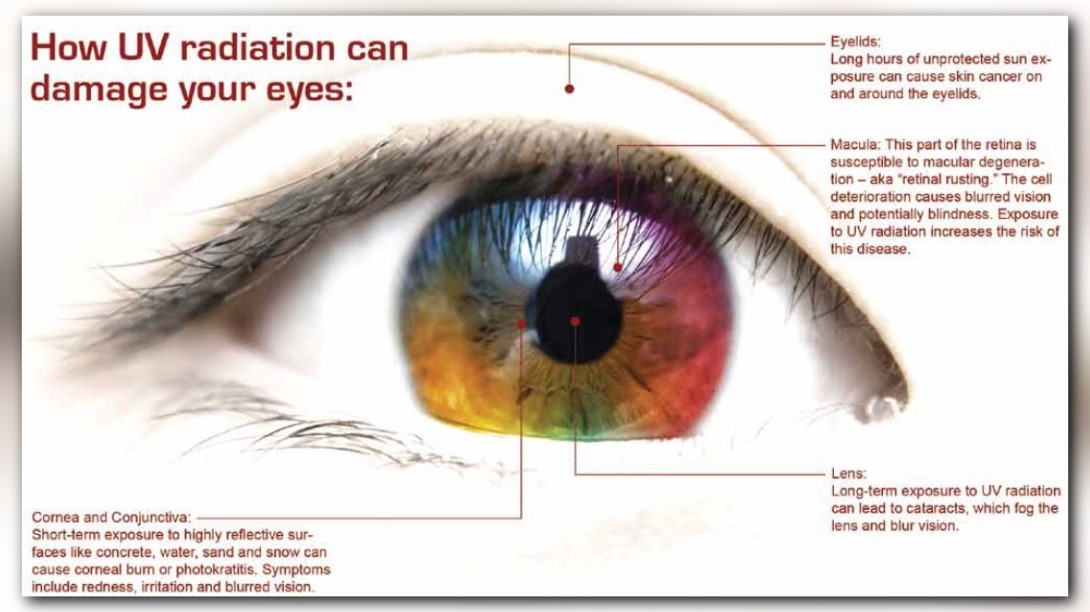
The risk for permanent eye damage from watching a partial eclipse with the naked eye is even greater for children and young adults with less-developed eyes. Mature eyes are naturally better at protecting themselves from potential damage because they can better scatter and absorb radiation.
Young or old, watching the entirety of the eclipse without eye protection is likely to cause some damage to your vision. Eclipse lovers of all ages need to take a few simple precautions to protect their eyes and still enjoy the show.
Don’t go in blind
You’re going to need something more powerful than a pair of polarized sunglasses if you want to safely block out those harmful rays.
A few venues hosting eclipse watch events have been handing out the simplest and most effective certified viewing tool, and it isn’t a piece of cardboard with a pinhole punched through it (though we’ll get to what that's good for later).
Say hello to “eclipse glasses.”
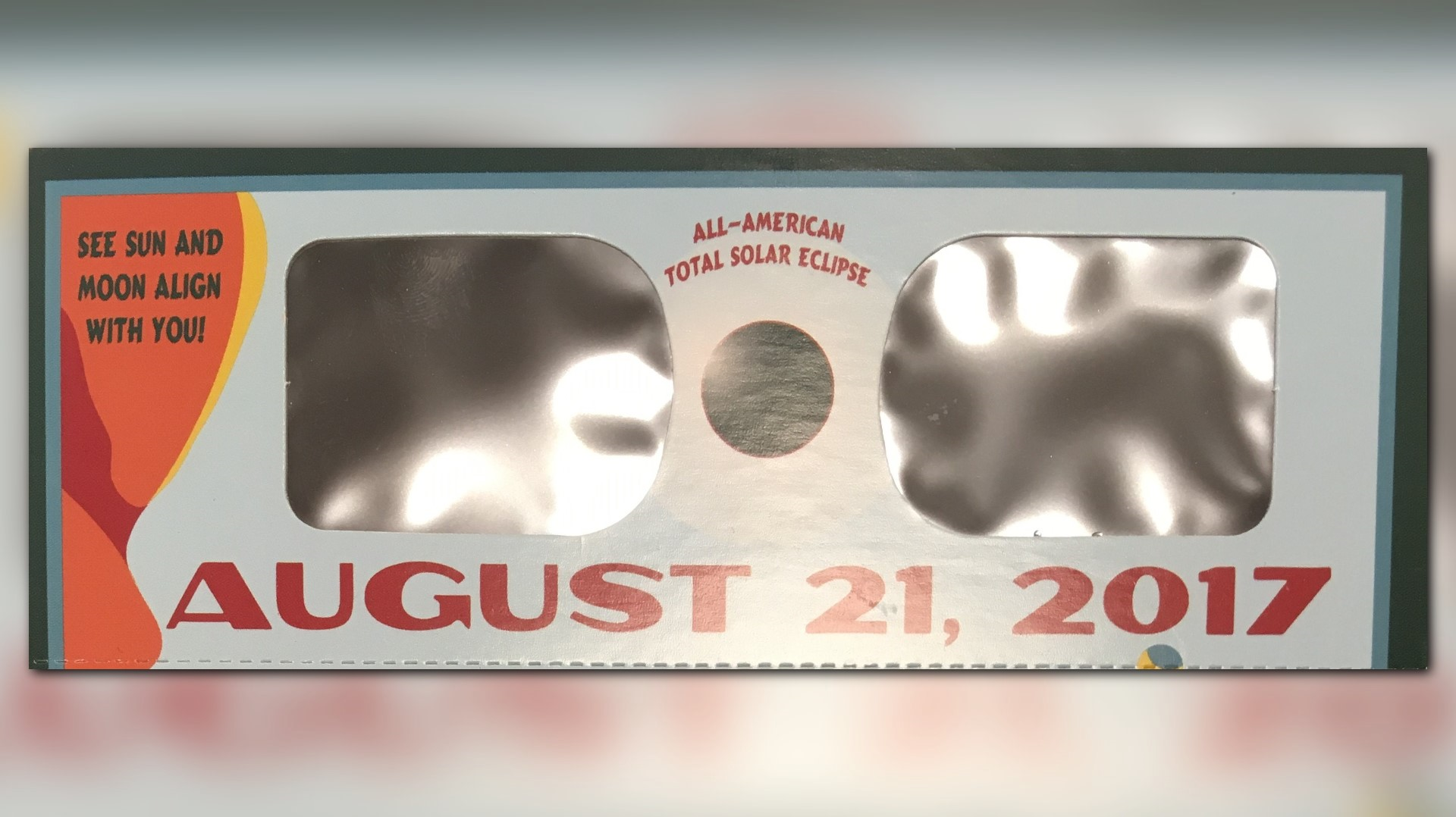
These stylish babies meet the correct standards for letting you safely look directly at everything shortly before and after the total eclipse.
If you’re looking to buy, actual rocket scientists at NASA say to make sure of two things: the glasses are “CE” certified and meet the international standard for “ISO 12312-2.”
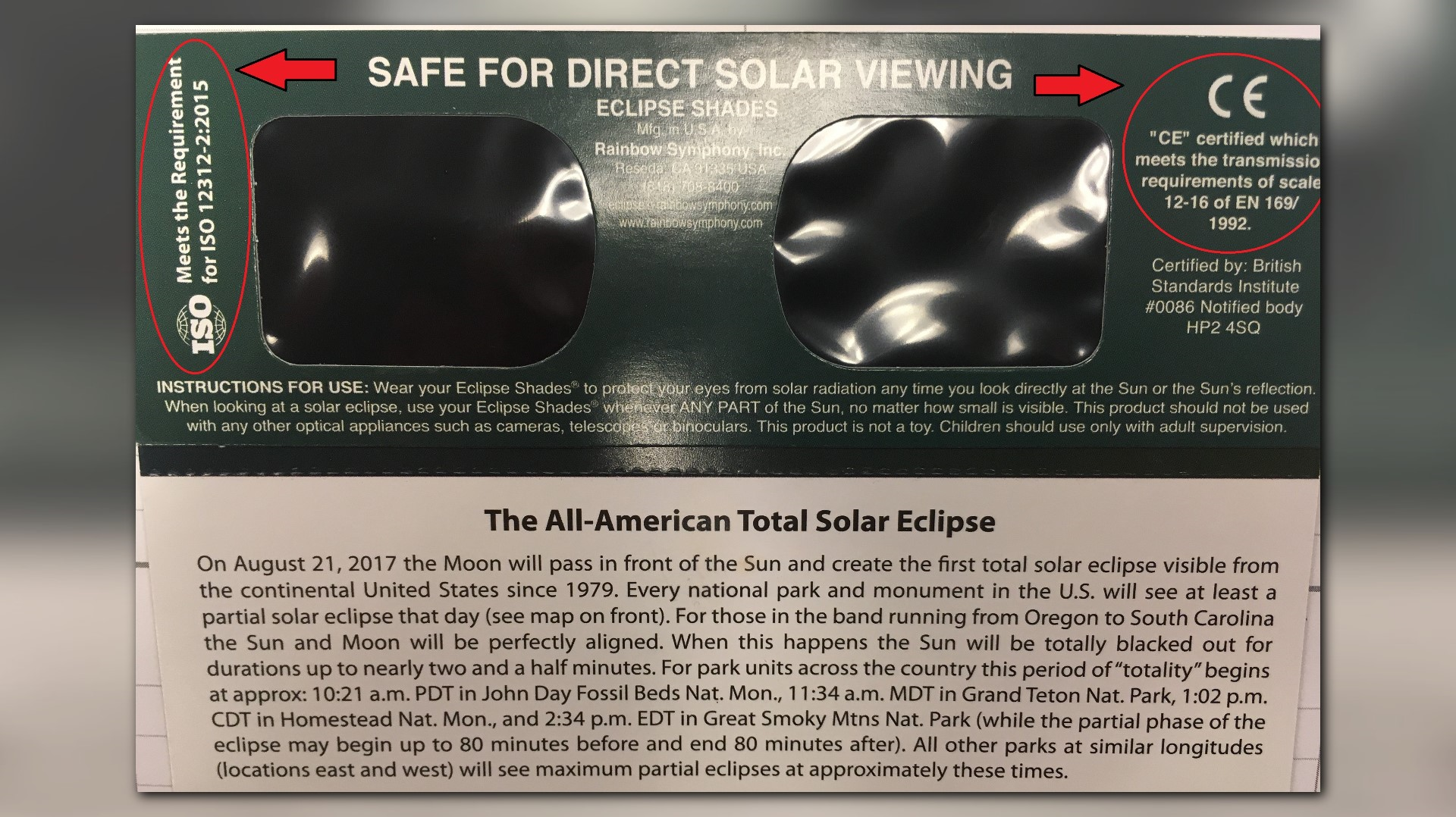
It doesn’t take an actual rocket scientist, though, to tell you to buy early if you want to save some money. NASA recommends “Rainbow Symphony” brand glasses among others, but any that meet the standards listed above should be perfectly fine. Many popular eclipse-watching venues are also selling or handing out souvenir eclipse glasses that meet these standards.
NASA scientist Dr. Geronimo Villanueva said the organization will also distribute their own glasses to community centers and public libraries across the country for people to use on the day of the eclipse.
Protecting through projecting
How many people remember making an 'eclipse viewer' by poking a hole in a sheet of loose leaf paper with a pencil when they were a kid?
That second grade science project was actually a type of make-shift projector and it's a timeless way to enjoy an eclipse. These pinhole projectors are extremely versatile for people hoping to get some use out of their telescope, monocular or binoculars, too.
Instead of looking at the eclipse directly through one of these devices (which would be extremely dangerous), you use it to let the sun create a sophisticated projection of the eclipse. It's particularly impressive when it's projected through a telescope.
For an idea on how to create your own eclipse projector, the Exploratorium Museum in San Francisco has simple instructions using cardboard and duct tape. These devices work well for any type of solar event, really, and are a simple and fun extra way to experience the eclipse alongside watching with eclipse glasses.

